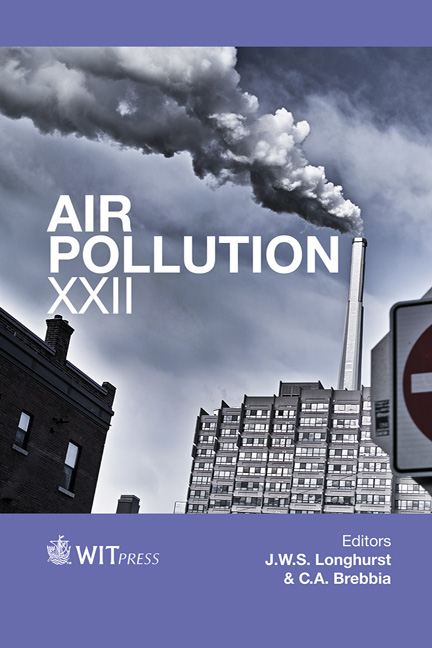Investigation Of Electrode Arrangement On Ionic Wind Velocity For Hole-type Electrostatic Precipitator
Price
Free (open access)
Transaction
Volume
183
Pages
11
Page Range
177 - 187
Published
2014
Size
1,046 kb
Paper DOI
10.2495/AIR140151
Copyright
WIT Press
Author(s)
H. Kawakami, T. Inui, T. Sato, Y. Ehara & A. Zukeran
Abstract
Electrostatic precipitators (ESPs) have been extensively used to decontaminate polluted gases exhausted from industrial plants and to clean air in buildings, etc., because of their high collection efficiency. However, the collection of low resistivity particles by the conventional ESPs is known to be difficult. These particles are generated from various sources such as marine engines, diesel automobiles and power generation engines. The low resistivity particles cause particle detachment from a collection plate by an induction charge, i.e., dust reentrainment, resulting in poor collection efficiency. In this study, it was investigated to improve the effect of the ionic wind for the collection efficiency of the hole-type ESP. The experiments were carried out using a needle-to-plate discharge electrode. The plate electrode has a hole, and the ionic wind pass through the hole. PM was guided to the hole for re-entrainment phenomenon control by the ionic wind. Most particles are transported into the hole by pressure difference and ionic wind. As a result, it was founded that the ionic wind passes through into the hole, when the needle electrode was arranged at the centre of the hole. The maximum ionic wind was achieved when the pore size was the same with the gap distance, and the collection efficiency increased with increasing the ionic wind velocity.
Keywords
marine diesel, electrostatic precipitator, diesel particulate matter, re-entrainment, ionic wind.





